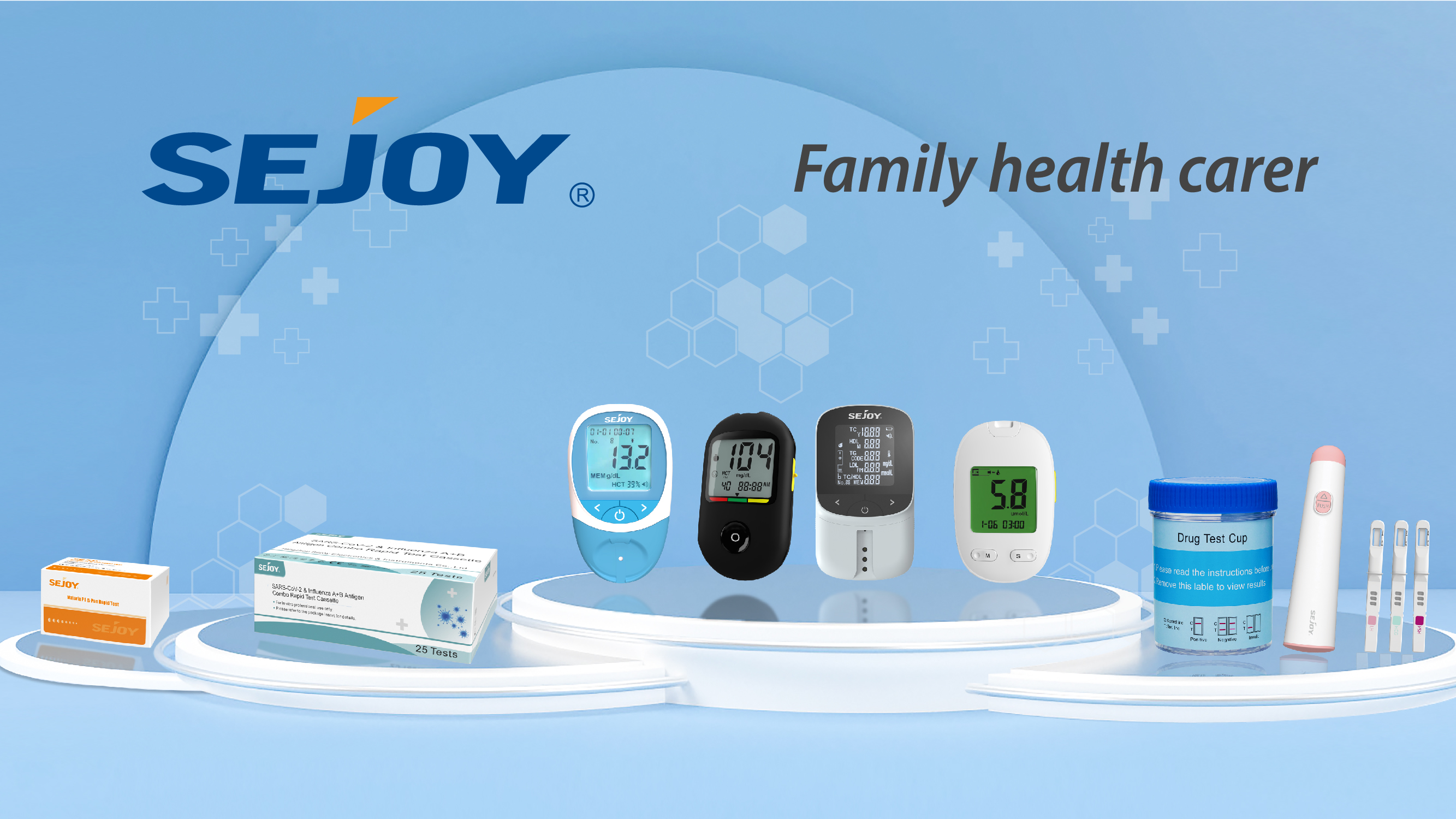High blood sugar may cause diabetes, ketoacidosis, diabetes nephropathy, atherosclerosis and other diseases.
On June 22, 2023, the Lancet published an achievement about diabetes in the global disease burden research online, estimated the global diabetes prevalence and disease burden from 1990 to 2021, the proportion of type 1 and type 2 diabetes in 2021, and predicted the diabetes prevalence in 2050. Analysis shows that in 2021, there will be 529 million patients with diabetes (95% UI to 564 million) worldwide, with an age standardized prevalence rate of 6.1% (95% UI 5.8-6.5%), of which 96.0% will be type 2 diabetes. There are an estimated 485 million people with diabetes aged 20-79. Age standardized prevalence of diabetes exceeds 10% in 43 countries/regions around the world.
The high-risk groups of diabetes mainly include the following categories
Obese people: Obese people have large adipocytes, and the density of the substance responsible for receiving insulin on the cell surface will be reduced, and insulin can also reduce blood sugar. At the same time, obese people have less exercise, and the metabolism of sugar will also be slowed down, so obese people are one of the high-risk groups of diabetes.
Hypertension patients: There is no obvious causal relationship between hypertension and diabetes, but the two diseases are very likely to occur at the same time. Because the risk factors of the two are highly similar, hypertension patients need to pay high attention to, regularly monitor their blood sugar, and take corresponding measures in time if blood sugar is found to be rising.
Hyperlipidemia patients: The lipids in the hyperlipidemia patients will continue to accumulate, and the volume of fat cells will gradually increase, eventually causing diabetes.
People with a family history of diabetes: if there are diabetes patients in the family, their chances of suffering from the disease will also increase significantly, so this group is also one of the high-risk groups of diabetes.
The importance of daily blood glucose detection With the acceleration of the pace of life and changes in diet, the incidence rate of chronic diseases such as diabetes is increasing year by year. For patients with diabetes, daily blood glucose detection is an essential link. Mainly from the following aspects:
1. Timely detection of high and low blood sugar. Through daily blood sugar monitoring, patients can timely understand their blood sugar status and detect high and low blood sugar. For patients with high blood sugar, measures such as controlling diet and increasing exercise can be taken to reduce blood sugar. For patients with low blood sugar, they can timely supplement food to avoid coma and danger caused by low blood sugar.
Monitoring changes in the condition and daily blood glucose monitoring can help patients understand the changes in the condition. By continuously monitoring blood sugar, patients can observe fluctuations in blood sugar and adjust treatment plans in a timely manner. This is of great significance for adjusting drug dosage, changing drugs, and so on.
Daily blood glucose monitoring can guide patients in their diet and exercise. According to the changes in blood sugar levels, patients can adjust their dietary structure, control the intake of carbohydrates, and appropriately increase the intake of nutrients such as protein and fat. Meanwhile, exercise can also affect blood sugar levels, and patients can adjust the intensity and duration of exercise appropriately based on changes in blood sugar levels.
Improving self-management awareness through daily blood glucose testing can enhance patients’ self-management awareness. By regularly monitoring blood sugar, patients can better understand their physical condition and better control the progression of their condition. Meanwhile, patients can also pay more attention to health management in areas such as diet and exercise in their daily lives.
The importance of daily monitoring of blood lipids. High blood lipids can cause damage to multiple organs and tissues in the body, leading to various diseases such as hyperlipidemia, coronary heart disease, stroke, etc.
Prevention of cardiovascular and cerebrovascular diseases Hyperlipidemia is the main factor leading to atherosclerosis, and atherosclerosis is the main reason leading to cardiovascular and cerebrovascular diseases. Long term monitoring of blood lipids can timely detect abnormal blood lipids, take corresponding measures, and reduce the risk of cardiovascular and cerebrovascular diseases.
2 Timely detection of potential disease dyslipidemia may be a sign of potential diseases such as diabetes and fatty liver. Daily monitoring of blood lipids can timely detect these potential diseases and seek treatment as soon as possible.
For patients diagnosed with hyperlipidemia, daily monitoring of blood lipids can evaluate treatment effectiveness, adjust treatment plans, and improve treatment outcomes.
There is an inevitable relationship between hyperlipidemia and diabetes, because patients with type 2 diabetes are often accompanied by abdominal obesity. When the number of adipose tissue increases, especially when the adipocytes in the abdomen are hypertrophic, triglycerides in the adipocytes, that is, TG is easy to decompose into free fatty acids. When the blood concentration of free fatty acids in the blood increases, the synthesis of triglycerides and triglyceride rich lipoproteins increases, Severe hypertriglyceridemia may occur. About 70% of diabetes patients are complicated with dyslipidemia.
High blood sugar also requires attention to high uric acid! Every 60 umol/L increase in blood uric acid level increases the risk of new diabetes by 17%. High uric acid may cause gout, kidney stones, gouty arthritis, gouty nephropathy, coronary atherosclerotic heart disease and other diseases. When hyperuricemia is triggered by factors such as alcohol consumption, overeating, cold, fatigue, infection, etc., it leads to a rapid increase in blood uric acid and a rapid outbreak of gout. Research shows that the incidence of incidence rate is significantly increased in patients with abdominal obesity, hyperlipidemia, hypertension, type 2 diabetes and cardiovascular disease, and gout attack is closely and positively related to the occurrence of these diseases.

glucose meter, uric acid analyzer, hemoglobin test, urine drug tests, urine pregnancy test, lipid profile test
Post time: Feb-26-2024


